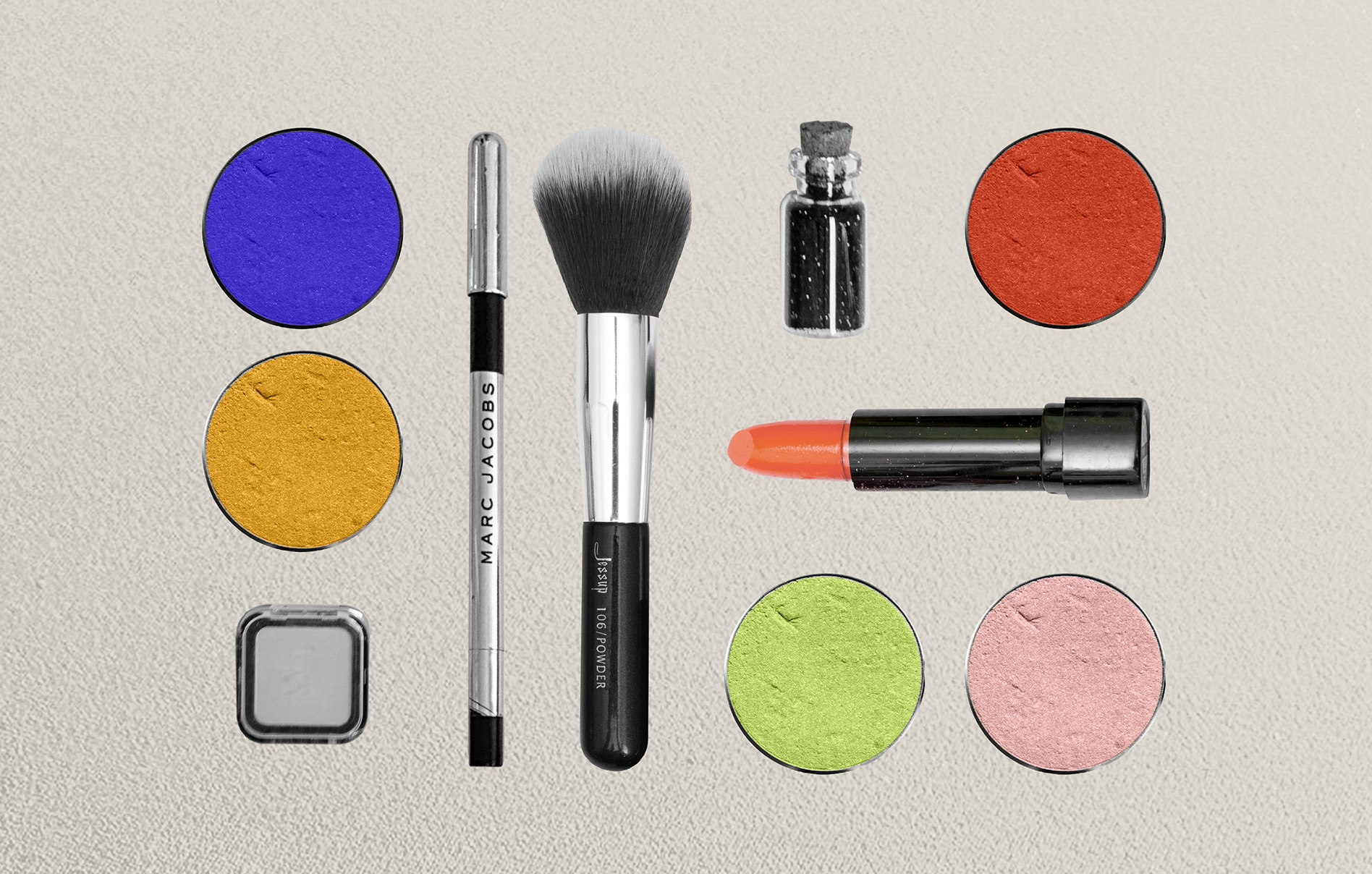Salons and other beauty industries are no stranger to clients tacking on a tip for a job well done.
But lately, we’re seeing a growing number of salons switching to a “gratuity-free” model.
With this move, the traditional dynamics between clients, stylists, and salon owners are changing.
In this blog, we’ll break down what exactly gratuity-free salons are, the pros and cons of adopting a no-tips model, and how you can determine if it’s the right fit for your salon business.
- What Is a Gratuity-Free Salon?
- Pros & Cons of Gratuity-Free Salons
- Is a Gratuity-Free Salon Right for You?
What Is a Gratuity-Free Salon?
Simply put: A gratuity-free salon is a salon where tipping is not expected, accepted, or encouraged.
Instead, the salon’s pricing structure is designed to provide fair compensation for the staff, ensuring their income reflects the value of their work — without relying on tips.
It’s a new approach that aims to simplify transactions, promote transparency, and create a more equitable environment for both clients and employees.
With gratuity-free salons, the owners typically integrate the cost of services and stylist expertise directly into their pricing.
This means higher service prices, but clients can rest assured knowing that their payment fully compensates the professional’s time and skill.
Pros of Gratuity-Free Salons
1. Transparency in Pricing
One of the most significant advantages of gratuity-free salons is pricing transparency, which clients will love.
Clients know exactly what they will pay without the uncertainty of deciding how much to tip. This clarity can lead to a more straightforward and stress-free client experience.
2. Fair Compensation for Stylists
In a gratuity-free model, stylists receive consistent, reliable pay.
By eliminating the variability of tips, employees can focus on their craft without worrying about fluctuations in their income based on client generosity or economic trends.
3. Professionalism and Equity
This approach elevates the profession by treating stylists as skilled professionals rather than service workers dependent on tips.
It fosters equity among staff, as everyone’s compensation is based on skill and experience rather than their ability to elicit higher tips from clients.
4. Improved Client Relationships
Removing tipping from the equation can strengthen relationships between clients and stylists.
Your clients will no longer feel pressured to tip, and stylists can focus solely on providing exceptional service without the expectation of additional compensation.
5. Simplified Transactions
The gratuity-free model simplifies payment processes.
Clients pay a single, all-inclusive price, making transactions more seamless and reducing potential awkwardness at checkout.
Cons of Gratuity-Free Salons
1. Higher Upfront Costs for Clients
Since tips are incorporated into service prices, clients may perceive gratuity-free salons as more expensive.
This initial sticker shock can deter price-sensitive customers, even if the overall cost is comparable to a traditional salon after tipping.
2. Resistance from Clients and Staff
Long-standing tipping customs can make the transition to a gratuity-free model challenging.
Some clients may prefer to tip as a way to express their appreciation, while staff accustomed to earning tips might initially resist the change.
3. Recruitment Challenges
Attracting experienced stylists can be difficult if they are used to earning substantial tips.
As a salon owner, you’ll have to work to ensure your salaries are competitive to attract top talent.
4. Financial Risk for Salon Owners
Salon owners bear the responsibility of setting higher prices to cover fair wages.
If not priced correctly, this model can strain your business’s profitability, especially during economic downturns.
5. Perception Issues
Clients unfamiliar with gratuity-free salons might misinterpret the model, assuming it’s less client-focused or that tipping is discouraged for cost-cutting reasons rather than fairness.
Is a Gratuity-Free Model Right for Your Salon?
Deciding whether to adopt a gratuity-free model requires careful consideration of your salon’s unique circumstances, clientele, and vision.
Here are the biggest factors to evaluate:
1. Understand Your Client Base
Assess whether your clientele would embrace a gratuity-free model.
Are they likely to appreciate the simplicity and transparency, or are they accustomed to traditional tipping norms?
Pro TIp: Conduct surveys or informal discussions to gauge their preferences.
2. Evaluate Your Staff’s Needs
Take the time to talk with your team to understand their concerns and expectations.
Would they feel comfortable with a consistent salary, or do they prefer the flexibility and potential of tips?
Open communication can help address concerns and foster buy-in.
3. Analyze Financial Implications
Review your salon’s pricing structure, operating costs, and wage requirements.
Be sure the new model supports fair pay for staff while maintaining profitability.
4. Educate and Market Effectively
If you decide to go gratuity-free, invest in educating your clients about the benefits of the model.
Transparency and clear communication are essential to avoid misunderstandings.
Use marketing materials, social media, and in-salon signage to explain how the gratuity-free system works and why you’ve adopted it.
5. Monitor and Adjust
Lastly: Remember that implementing a gratuity-free model isn’t a set-it-and-forget-it process.
Regularly review client feedback, staff satisfaction, and financial performance, and be prepared to make adjustments to ensure the model aligns with your salon’s goals and values.






